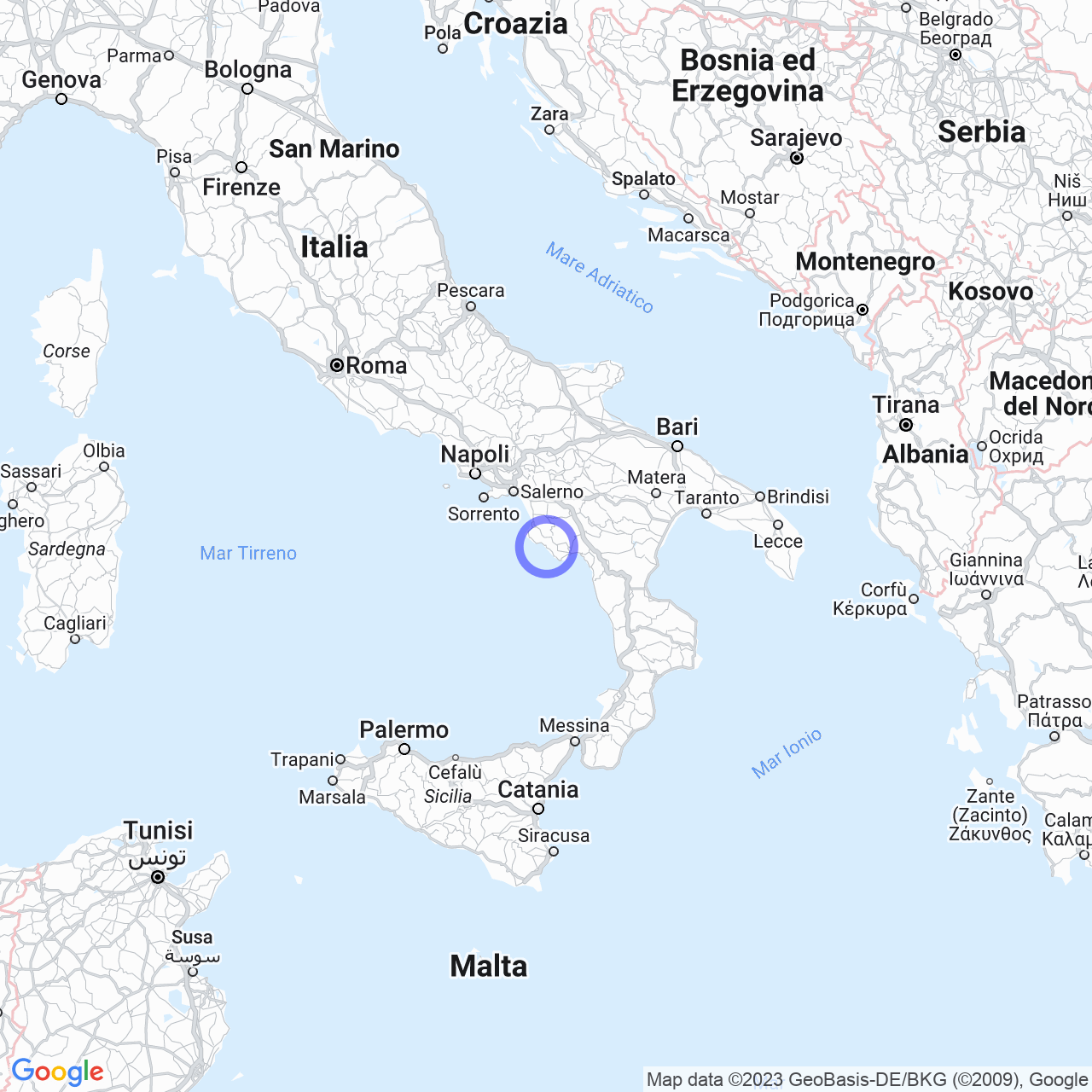Ascea
Ascea: a place with a rich and interesting historical and artistic heritage
Ascea is a municipality in the province of Salerno, located in Campania. The city has about 5683 inhabitants and is situated on a hill overlooking its Marina, about 235 meters above sea level. Ascea is separated from the municipality of Pisciotta by a fjord crossed by the Palinuro State Road 447. This fjord, on whose "asceoto" side there is a Bourbon tower, is about 2 km away from the village. The city is located in the Cilento and Vallo di Diano National Park and boasts a rich and interesting historical and artistic heritage, as we will see later.
Physical geography
The territory of Ascea is characterized by the presence of hills that rise in the background of the Tyrrhenian Sea. From the top of these hills, it is possible to enjoy a breathtaking view that ranges from the coast to the islands of Capri and Ischia. The city is known for the beauty of its beaches, which stretch along the coast and are one of the main tourist attractions of the area. Furthermore, in Ascea, you can find some of the most beautiful beaches in Italy, such as Marina di Ascea and Velia Beach.

Climate
The climate of Ascea is typical of the Mediterranean region, with hot and dry summers and mild and rainy winters. The closest weather station is Casal Velino. Based on the 30-year average reference period from 1961-1990, the average temperature of the coldest month, January, stands at +8.7 °C; that of the warmest month, August, is +25.7 °C.
History
Ascea is a city with an ancient and interesting history. Starting as a small settlement around the year 1000, the city saw its population grow thanks to the transfer of the inhabitants of the medieval settlement of Castellammare della Bruca due to the spread of malaria caused by the marsh of the Alento plain. Feud of the Sanseverino family, the municipality followed the fortunes of the family until the transfer to the Maresca family, feudatories following the "felony" of Tommaso Sanseverino (conspiracy of the Barons around 1450). Ascea took part in the Cilento uprisings of 1828, following which the local notable Teodosio De Dominicis was tried and executed.
From 1811 to 1860 it was part of the Administrative subdivision of the Kingdom of the Two Sicilies## Circondari di Pisciotta, belonging to the district of Vallo delle Due Sicilie.
From 1860 to 1927, during the Kingdom of Italy (1861-1946), it was part of the district of Pisciotta, belonging of the district of Vallo della Lucania.
Symbols
The coat of arms of the municipality of Ascea was recognized by decree of the Head of Government, Prime Minister Secretary of State, on September 14, 1928. The emblem is made up of a shield divided into four parts. The upper part, in red, represents the figure of a black rampant lion, symbol of the Sanseverino family, which ruled the fief of Ascea for many years. In the second part, in blue, the Tower of Velia is depicted, an ancient building dating back to the Hellenistic era. In the third part, in gray, there are three wavy bands of blue, representing the sea. Finally, in the lower part, in green, a fascio littorio (symbol of ancient Rome) is depicted.
Monuments and places of interest
Velia
Among the main monuments present in Ascea stands out Velia, an ancient city of Magna Graecia. The city, located in a strategic position on the Tyrrhenian coast, was founded by the Greeks around the 9th century BC. Over the centuries, Velia was conquered by Roman troops and then by the Lombards. In the following centuries, the city lost its importance and was abandoned. Today, Velia remains one of the most important archaeological sites in Campania, with the territory including many buildings and monuments of historical and archaeological interest.
History of the city of Elea-Velia
The city of Elea-Velia was founded by the Greeks around the 7th century BC. The city, located in a strategic position on the Tyrrhenian coast, was known for its cultural and scientific importance. The Eleatic school, a philosophical school founded by Parmenides and Zeno, was based in Velia, attracting numerous students and intellectuals. Over the centuries, the city was conquered by Roman troops and then by the Lombards. In the following centuries, the city lost its importance and was abandoned. Today, Velia remains one of the most important archaeological sites in Campania, with the territory including many buildings and monuments of historical and archaeological interest.
Conclusions
Ascea is a city with a rich and interesting historical and artistic heritage. The city boasts the presence of important archaeological monuments, such as the city of Elea-Velia and the territory of the Cilento and Vallo di Diano National Park. Furthermore, the city is famous for its beautiful beaches, which attract numerous tourists every year. With its ancient history and mild and pleasant climate, Ascea is an ideal destination for anyone who wants to visit Campania and discover its cultural and natural beauties.
